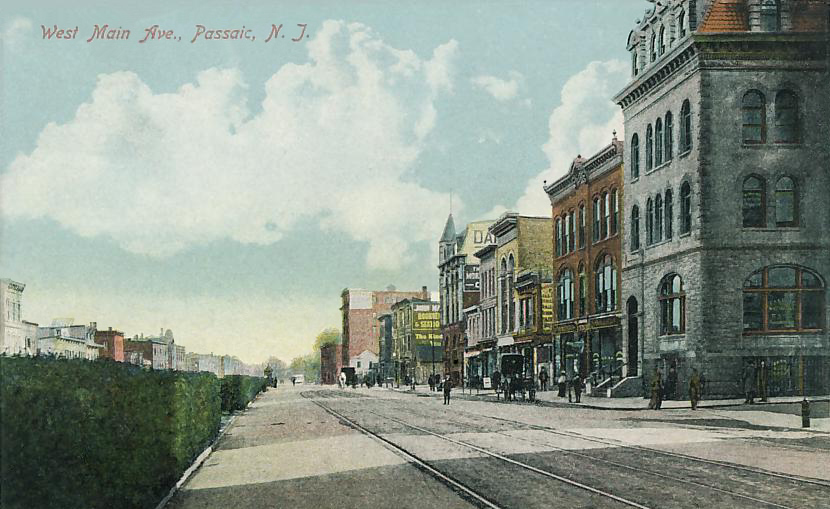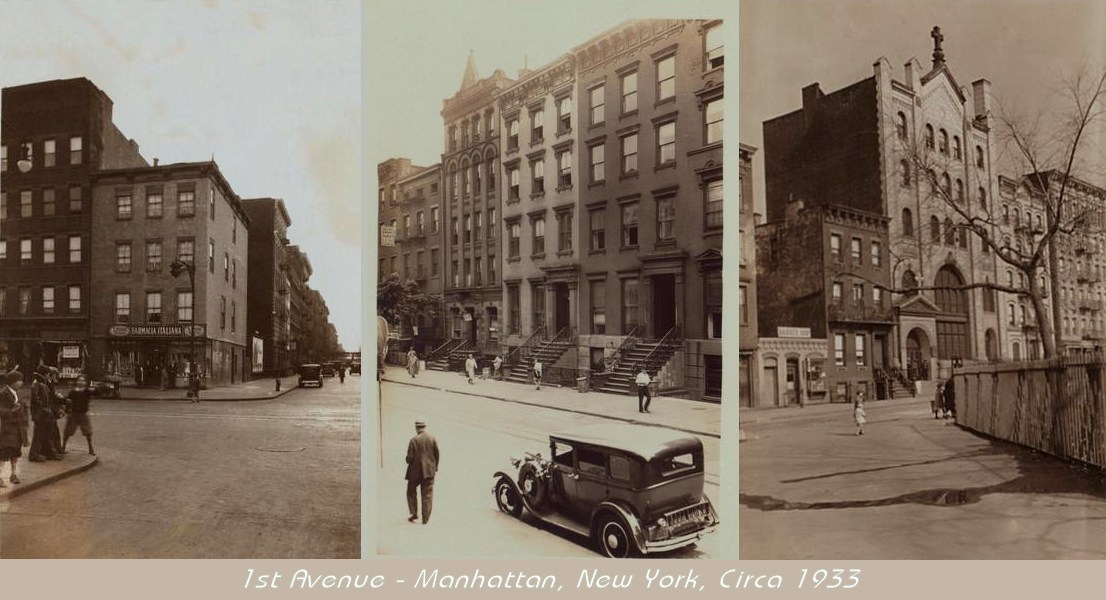THE PASSAIC BABY
 August 8, 2023
August 8, 2023
One of the first DNA investigations I worked on ended up being quite difficult. It offered a wide variety of challenges including, a lack of information, weak DNA matches, an inter-family relationship and two families that seemed to be located nowhere near each other. I became a little obsessed with it. I always felt the answer was very close, so I kept looking. It finally paid off, and the answer was found in Passaic, New Jersey.
I was helping a woman named Linda. Her mother, Margaret, was born in 1933 and was adopted. Margaret had no information about her biological family, but she always wanted to know who they were. After her death, Linda spent years trying to find out about her mom's family. She contacted the state of New York and received some surprising and disappointing news. They told her there was no information available about her mother's birth parents. Her mother was a foundling. She was found abandoned on a doorstep of an apartment building on 1st Avenue in Manhattan, New York. All that was found with her was a note that said, "Maybe I'll come back for you someday." With no other options, Linda did Ancestry DNA. Good idea Linda.
She attempted to solve the mystery by learning all about DNA. She used her match list to find relatives and hopefully find some kind of connection to the birth parents. Unfortunately, her DNA matches were not easy to understand. There was some good news however... Linda was always told her mother was 100% Italian. When she viewed her ethnicity, that clearly wasn't the case. She could see that her mother was 50% Jewish. This was quite helpful actually. She was able to sort the DNA matches by who was Italian and who was Jewish. NOTE: Ancestry now divides matches for you. It won't tell you which set of matches belongs to the mother or father, but it does label them as "Parent One" and "Parent Two." It didn't do that back then, so we got lucky that each parent had a different ethnicity.

Linda came to the conclusion that her mother's father was likely a guy named Santo Indorato. Santo was born in Italy and immigrated to Boston, Massachusetts, in the early 1900s. I could see why she might think he was the Italian parent. The DNA levels to his family were high enough for that to be possible. There was a problem however, an unusual family relationship. Santo married, and had children with, his own niece! Yes, it's true, he married his sister's daughter. There are plenty of records of this and it was not a secret in the family. In fact, it wasn't illegal back then, and wasn't even frowned upon. It was thought that marrying within your own family was a way to "strengthen the blood lines." This is referred to as a "consanguineous marriage." This type of thing is still done today in some countries in the Middle East and Africa. It is actually much more common there than you might think.
You may have guessed, the uncle/niece marriage caused a big problem with the DNA levels. The same is true when cousins have children with their cousins, or when there's any type of incest situation. So, in this case, Santo and his wife, Anna, both have DNA from the same Indorato family. If Linda and her mother are descendants of Santo and Anna, they're going to have more Indorato DNA than you'd expect. To add to the confusion, since Santo and Anna were uncle and niece, they are supposed to be in different generations. From their children's point of view, they are in the same generation now. After I did some analyzing of the DNA matches, it became clear, Santo was not the father we were looking for. He was possibly the grandfather. This meant, one of Santo and Anna's children could be Margaret's birth parent. More analysis eliminated Santo's sons. I now knew one of Santo's daughters was likely the birth mother.
After all that, I was pretty sure the mother was Italian and the father was Jewish. The Jewish side was possibly even more challenging however. Our best DNA match to the Jewish parent was only 119cM. For those of you who don't know, this is quite low. It often involves getting into third cousin range. To add even more confusion, we did some research on this Jewish DNA match. She is a young Jewish girl who was born in South Africa and is now living in Israel. She had no family tree made and didn't respond to messages either. Luckily, she has an uncommon Hebrew name and we were able to find information about her online. How was it possible that this girl's family was somehow associated with an Italian family from Boston Massachusetts, and how did the baby end up in New York City?

At this point, I knew I had to find out everything about the Jewish girl's family and where they all were in 1933. Both families had to be in the same place at some point, and they had to live somewhere near New York City where the baby was found. Linda already did considerable online snooping and figured out who some of the Jewish family members were. Many of them now live in Florida. That's nowhere near Boston, but at least we're in the same country. Using data from weaker DNA matches, I was able to determine that the Jewish girl was Linda's second cousin once removed. I looked at the location where her family lived generations ago, PASSAIC, NEW JERSEY. Still a considerable distance from Boston, but a heck of a lot closer than Israel or Florida. We were getting close. Census records told the rest of the story. After leaving the Boston area, the Indoratos spent a short amount of time in Hartford, Connecticut, and then moved to, you guessed it... PASSAIC, NEW JERSEY. Using census and street map data, I was able to see exactly where both families lived in the early 1930s. They were one mile apart. I had the right Jewish family and I was able to narrow down the Jewish father to two brothers.
As with many cases I've worked on, you often reach a point where all you can do is start contacting everyone possible and find out if someone in the family has information. The next big break came from GEDmatch. GEDmatch is a site you can upload your DNA file to and possibly find more DNA matches. See my previous article about free DNA matches for more details. On the GEDmatch site, we found an Indorato relative named Marleen. She happened to be a great-granddaughter of Santo Indorato. I found her on Facebook and told her about the story and who I thought was the birth mother. I suspected Santo's oldest daughter Josephine. His other two daughters were just too young. Marleen did not recall ever hearing the name Josephine though. Luckily, I continued chatting and happened to mention Josephine's middle name, JOAN. Then the entire mystery unraveled. Josephine was known to the family by her middle name, Joan. Amazingly, Marleen remembered hearing a story about Joan leaving a baby on a doorstep in New York City.
From there, other family members were contacted and it was all confirmed. Josephine Joan Indorato was the birth mother. She was still a teenager when she got pregnant. She was from a poor family during the depression and wasn't able to care for the baby. It wouldn't surprise me if religious differences between the Italian and Jewish families also played a part in her decision to do what she did.
This is a good example of how everything has to come together sometimes to finally solve a mystery. Sometimes you don't need all the pieces of a puzzle to see the picture, but in this case we needed everything: The location of the families, the right people to talk to, an understanding of unusual DNA matches, and a whole lot of additional research. Don't underestimate what the smallest details might uncover. The answers to your mysteries are out there. Keep searching!
REFERENCES
• New York City street photos - OldNYC.org. • Passaic, New Jersey image - wikimedia.org, public domain.
Next is a story about genealogy and a family's medical history.

